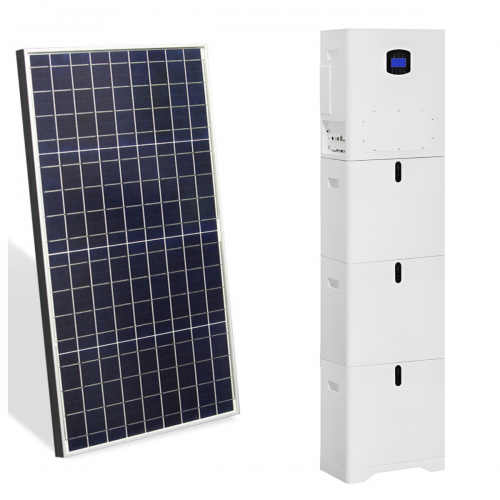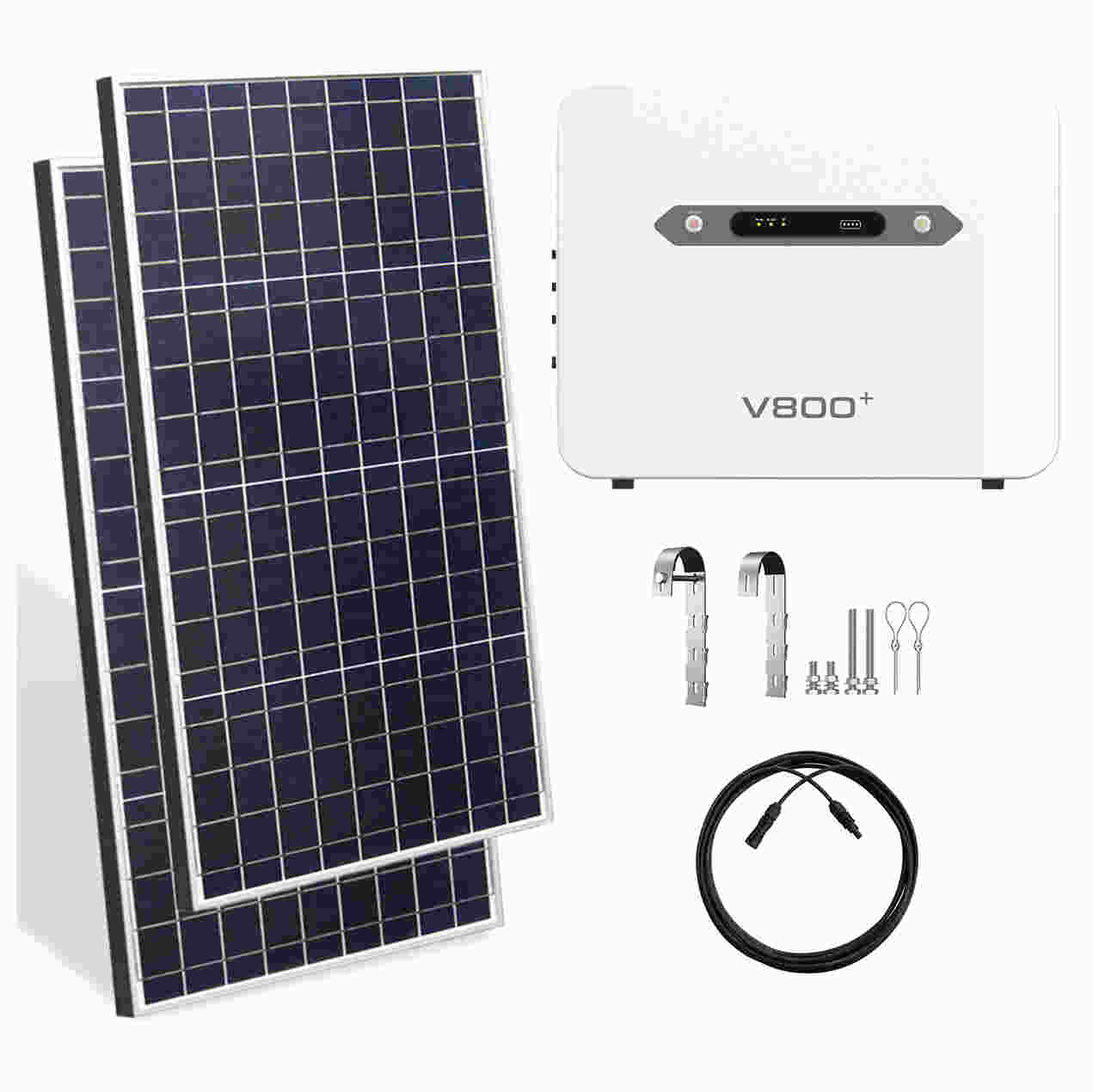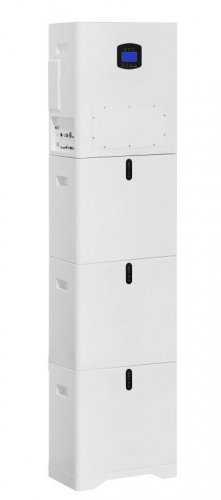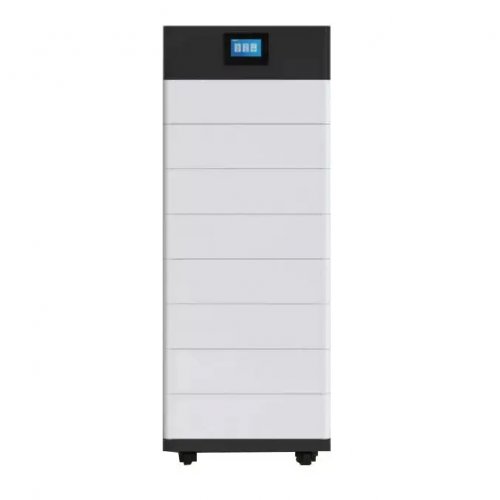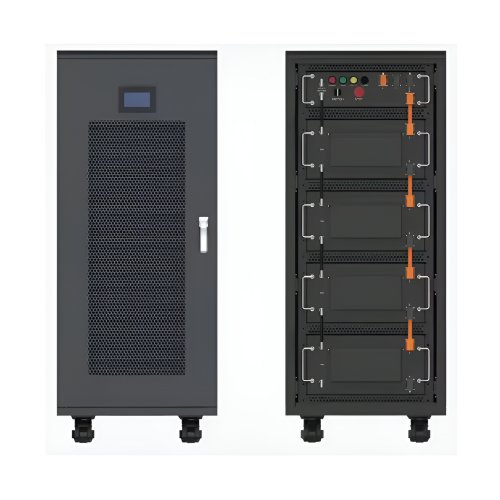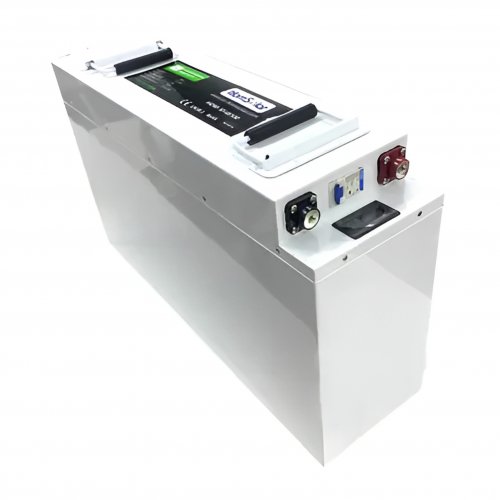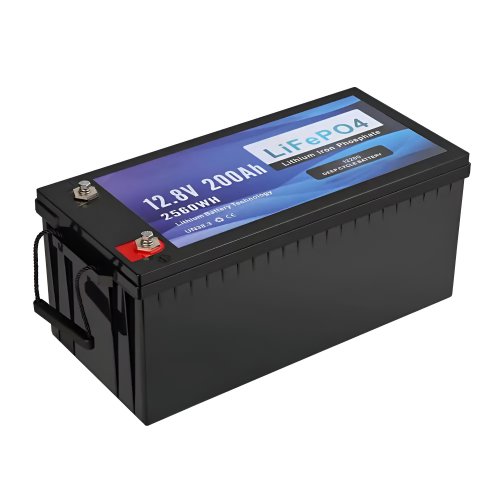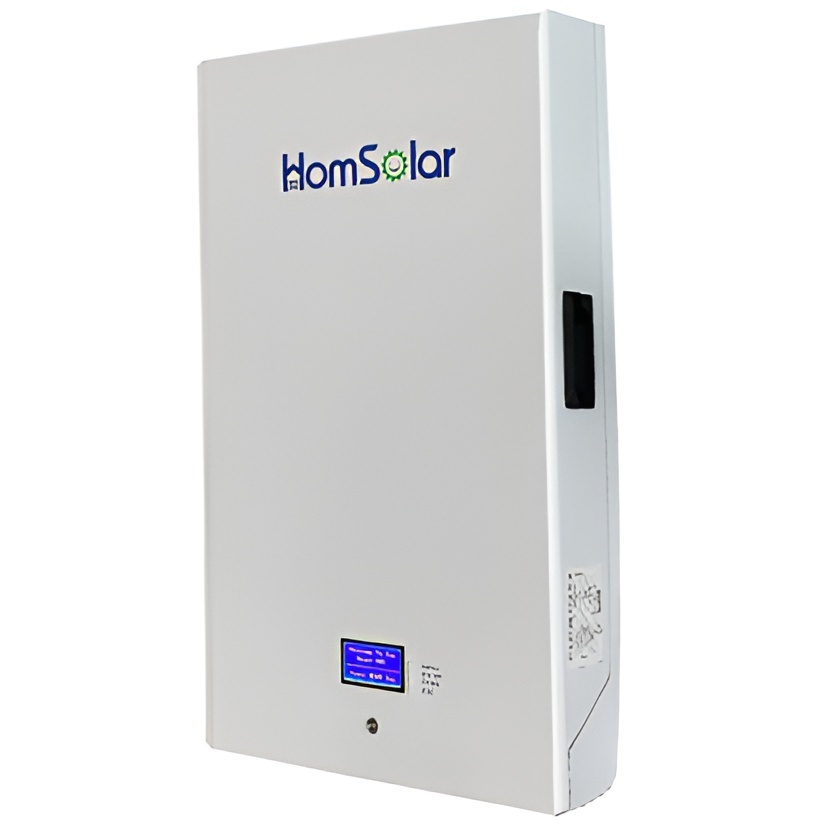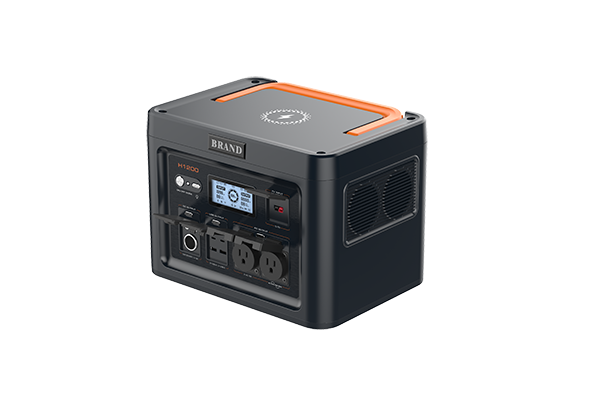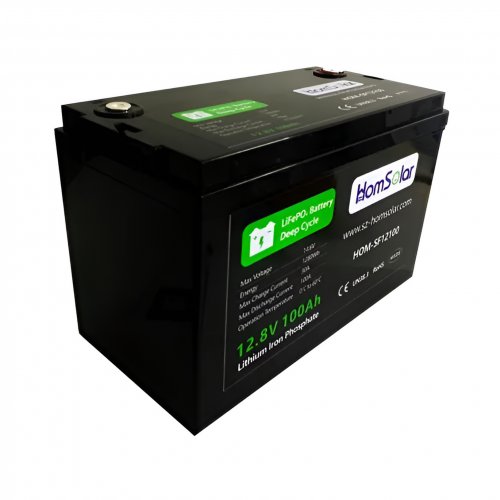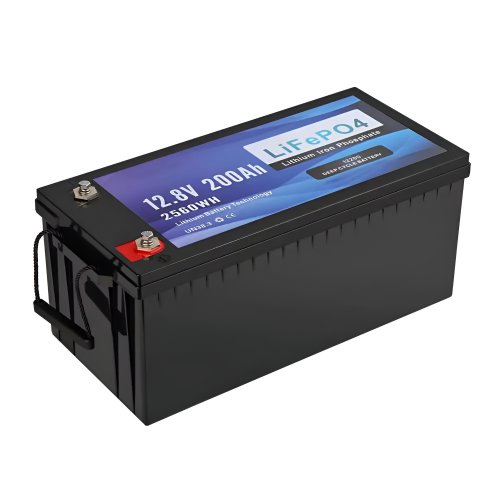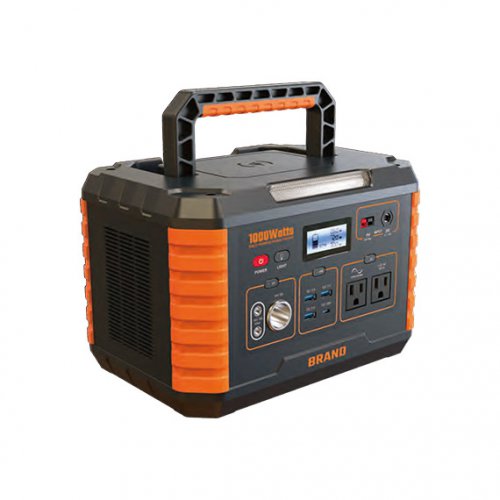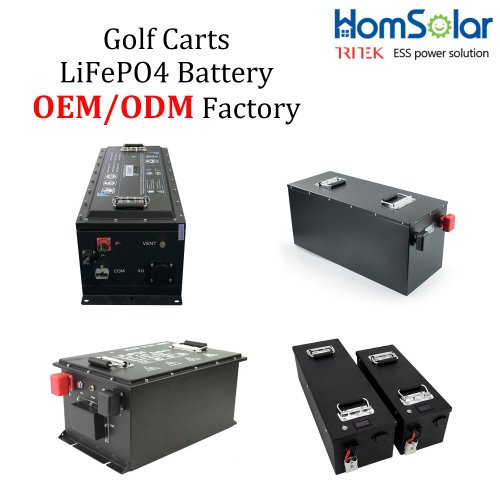Why is the global rubber market likely to see shortages in 2025?
Euronews Business looks at the factors impacting the rubber market this year, while also exploring how sustainable farming practices like agroforestry may impact the rubber industry.Natural rubber production is expected to be below demand for the fifth year in a row in 2025. According to the Association of Natural Rubber Producing Countries (ANRPC), global natural rubber production is likely to rise 0.3% in 2025. However, worldwide demand is expected to far outstrip this number, at an estimated 1.8%.
Rubber is used widely in a number of products such as automotive parts, industrial goods, footwear, conveyor belts, medical equipment and flooring, among several others. The material is prized primarily for its durability, elasticity, water resistance and low maintenance.
The global rubber market is expected to hit around $65.7 billion (€60.3bn) by 2030, according to a Grand View Research report.
Two kinds of rubber are mainly traded in global markets. These are synthetic rubber, which is made from natural gas and petrochemical sources, and natural rubber, which is derived from tropical trees.
Some of the top natural rubber producing countries include Thailand, Indonesia, Vietnam and Malaysia. Other countries such as China, India, the Ivory Coast, Sri Lanka, Cameroon and the Philippines are also major producers.
Rubber futures dropped around 4% this week, trading at 195 US cents per kilogram on Friday morning, having also fallen 4.8% on a monthly basis. This was the lowest since mid-February, as traders balanced supply concerns with the effects of continuing trade tariffs.
Related
European stocks, euro rally as Germany strikes historic debt deal
Why has natural rubber production fallen recently?One of the major reasons for the expected gap between natural rubber production supply and demand in 2025 is because of lagging output in several key countries such as Vietnam and Indonesia for several years now.
This has mainly been caused by consistent adverse and extreme weather in recent years. That was the case in Thailand, which was hit by a heatwave at the beginning of last year, meaning that the low production season that rubber crops usually see between February and May was extended. Very hot weather also causes stunted growth in rubber trees.
In Thailand, significant flooding and very heavy rainfall followed the heatwave in early 2024, which then also curbed peak season rubber output. These frequent extreme weather events can significantly decrease overall latex production.
China, which is the fifth-largest rubber producer worldwide, has faced the same issue with adverse weather. Typhoons and heavy rains have significantly damaged vital rubber producing areas such as Cheng Mai and Lin Gao, on Hainan Island.
Related
Has your morning coffee got more expensive? Climate change could be to blame
According to the European Forest Institute, Thailand’s overall rubber cultivation area fell by 4.5% between 2017 and 2022. This was mainly because of hotter weather, limited land availability, natural disasters, rising labour costs and the widespread impact of leaf flow disease, which can reduce tree productivity.
A shift towards more profitable crops like palm trees, which can then be used for palm oil, has also impacted rubber production in several Southeast Asian countries. In several cases, low rubber production, mainly caused by the death of several rubber trees, may push farmers towards other crops.
Other challenges such as deforestation and labour exploitation, as well as price volatility and competition from synthetic rubber, continue to plague the global natural rubber industry.
Could agroforestry be the key to boosting rubber production?Agroforestry, which is the process of planting trees and crops on the same land, can substantially boost rubber production. This is mainly by enhancing soil health, which in turn, leads to healthier and more productive rubber trees. Plants like bamboo, coffee or tea can be planted alongside rubber trees, along with fruit or timber trees.
This practice can also help crops to be more resilient to extreme weather and climate change. In turn, this helps to protect farmers’ revenues, diversifying income streams by reducing dependence on a single crop. If farmers feel more financially secure, they are then more likely to continue producing some rubber, instead of switching to more profitable crops.
Agroforestry also helps to increase land productivity and reduce dependence on chemical pesticides and fertilisers, as it enhances nutrient cycling and natural pest control. On top of this, the practice boosts the lifespan of rubber trees.
Customized/OEM/ODM Service
HomSolar Supports Lifepo4 battery pack customization/OEM/ODM service, welcome to contact us and tell us your needs.


HomSolar: Your One-stop LiFePO4 Battery Pack & ESS Solution Manufacturer
Our line of LiFePO4 (LFP) batteries offer a solution to demanding applications that require a lighter weight, longer life, and higher capacity battery. Features include advanced battery management systems (BMS), Bluetooth® communication and active intelligent monitoring.

Customised Lithium Iron Phosphate Battery Casing
ABS plastic housing, aluminium housing, stainless steel housing and iron housing are available, and can also be designed and customised according to your needs.

HomSolar Smart BMS
Intelligent Battery Management System for HomSolar Energy Storage System. Bluetooth, temperature sensor, LCD display, CAN interface, UART interface also available.


Terminals & Plugs Can Be Customized
A wide range of terminals and plugs can be customised to suit the application needs of your battery products.

Well-designed Solutions for Energy Storage Systems
We will design the perfect energy storage system solution according to your needs, so that you can easily solve the specific industry applications of battery products.



About Our Battery Cells
Our energy storage system products use brand new grade A LiFePO4 cells with a battery lifespan of more than 4,000 charge/discharge cycles.



Applications in Different Industries
We supply customized & OEM battery pack, assemble cells with wiring, fuse and plastic cover, all the cell wires connected to PCB plug or built BMS.
Applications: E-bike, Electric Scooter, Golf Carts, RV, Electric Wheelchair, Electric Tools, Robot Cleaner, Robot Sweeper, Solar Energy Storage System, Emergency Light, Solar Power Light, Medical Equipment, UPS Backup Power Supply.
We can provide you with customized services. We have the ability to provide a vertical supply chain, from single cells to pack/module and to a complete power solution with BMS, etc.


HomSolar (Shenzhen) Technology Co., Ltd








